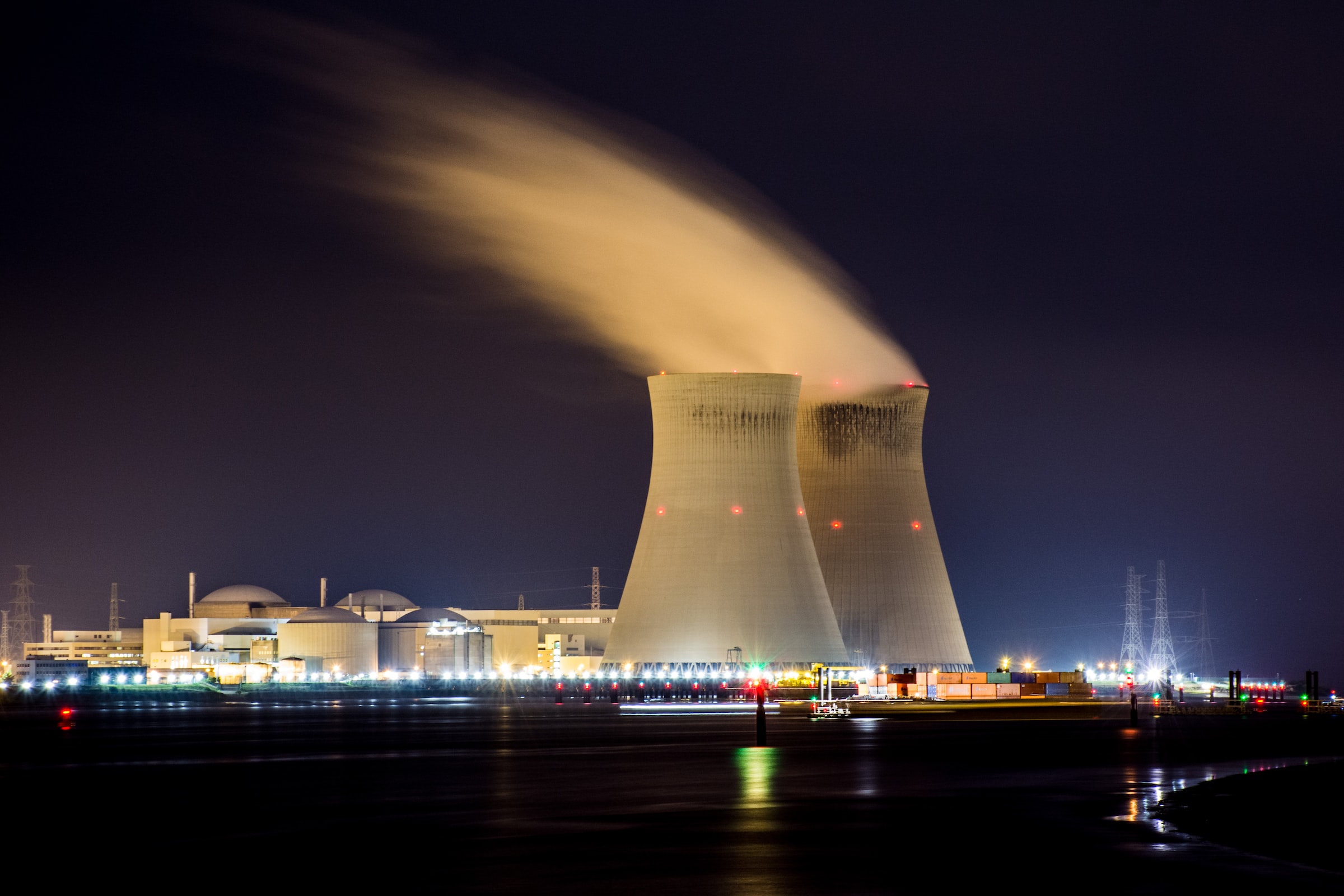


#Nuclear Fission #Nuclear Fusion #Nuclear Power #Renewable Energy #Sustainable Energy
Doug Fogelson
The discovery in 1938 that huge amounts of energy are released via a process called “nuclear fission,” which happens in a specialized reactor when enriched uranium atoms split into two or more smaller nuclei, has led to the use of nuclear energy in many countries worldwide. Nuclear fusion, on the other hand, is the opposite, where two or more atoms are combined. Fusion is not yet operational for energy production.
Utilizing the strong fission energy release to pressurize water and generate electricity (or move a submarine) began around 1954 and has grown to include large-scale power plants, some of which have failed causing large-scale disasters, recently Fukushima due to an earthquake and the Chernobyl meltdown in 1986. Despite these events and current risks of meltdown, nuclear energy is a much cleaner process than burning fossil fuels. The waste, however, has a very long-lasting level of radioactivity and is difficult to store safely. The potential production of nuclear weapons is also a concern (even if they are hard to make).
Advanced Small Modular Reactors (SMRs) have been growing in interest as they offer a number of advantages. Large reactors are incredibly costly to build and maintain and they have fewer safeguards if something goes wrong. SMRs, on the other hand, may be a solution that can help in the greater transition away from fossil fuel energy sources. SMRs can even be mobile, like a submarine, and are much safer, require less fuel, and produce less waste.
Due to their small size and relative ease of transport, SMRs are envisioned as a solution for rural and remote areas with limited electrical grid capacity and infrastructure.